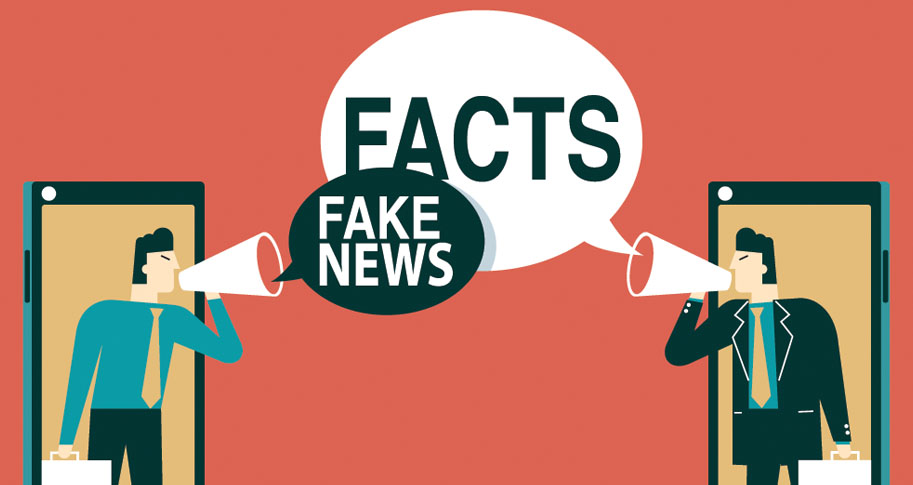
In 2006, Judge Gladys Kessler ruled in USA v. Philip Morris USA, Inc. that the defendants were guilty of racketeering. The defendants included many major
tobacco manufacturers, including R. J. Reynolds, Brown & Williamson, BATCo, American
Tobacco, Liggett, and the Tobacco Institute. Judge Kessler found that despite years of internal documents suggesting that the manufacturers knew otherwise, the companies marketed “light”
and “low-tar” cigarettes as safer, healthier cigarettes and downplayed the addictiveness
of nicotine and the health risks of secondhand smoke.
Indeed, the marketing materials for light cigarettes seem to have been intentionally
deceptive, designed to recapture potential quitters and imbuing light cigarettes with a health halo. These cigarettes marketed as ‘light’ showed no meaningful difference in health outcomes.
Despite the research and the Court’s ruling, it took eleven years before the tobacco companies began the corrective marketing demanded by the court judgment. In the meantime, the defendants successfully appealed
some of the initial court findings in order to weaken the language of their court-ordered
atonement through corrective advertising.
To assess the success of the court-ordered corrective marketing, Scot Burton, Distinguished Professor of Marketing in the Sam Walton College of Business, measured smokers’ and non-smokers’ beliefs
about cigarette smoking as the corrective marketing campaign unfolded. Burton published
his findings with co-authors Christopher Berry, Assistant Professor of Marketing at Colorado State, Jeremy Kees, the Richard J. and Barbara Naclerio Endowed Chair in Business and Professor of Marketing and Business Law in the Villanova School of Business,
and Craig Andrews, Charles H. Kellstadt Chair and Professor in Marketing at Marquette University, in their article “A Longitudinal Assessment of Corrective Advertising Mandated in United States v. Philip
Morris USA, Inc.” Professors Berry and Kees attained their doctoral degrees from the Walton College.
The researchers found that the corrective marketing campaign’s effects on individual’s
anti-smoking beliefs were insignificant.
Ethical Appeals
The breach of consumer trust, on the other hand, is not insignificant, which is why
the marketing profession ought to take note of the impact that Big Tobacco’s past
marketing actions and the corrective campaign has on consumers’ beliefs. Such a campaign
might not undo decades of misinformation, but it can help to re-establish an honest,
transparent marketing environment.
Existing research notes that tobacco companies’ marketing did not, however, align with the marketing profession’s values. They misrepresented the dangers of their products, and they exhibited an unwillingness
to accept the consequences of their marketing campaigns throughout the twentieth century.
Likewise, the Court ruled that they misled consumers through deceptive marketing campaigns,
which obscured what the companies themselves already knew about the adverse health
outcomes of smoking and nicotine addiction.
By injuring consumers and undermining the court-ordered corrective marketing, tobacco
companies have sown consumer distrust in marketing for their own ends and have fought to remove ‘truth’ from the corrective campaign. They even successfully appealed for the removal of
language that explicitly stated that tobacco companies had deliberately misled consumers.
Of course, tobacco companies have a well-documented history when it comes to marketing.
They have actively targeted teens with their marketing materials to capture “pre-smokers,” as they referred to teenagers. And, aside from their infamously
youth-centric Joe Camel campaign of the 80s and 90s, R. J. Reynolds even caught flak
from the alcohol industry for a “Drinks on Us” campaign in the mid-aughts with slogans
like “Layer it on, go ‘til daybreak,’ which the Distilled Spirits Council of the United
States said targeted people under 21.
Burton, Berry, Kees, and Andrews note other breaches of ethical marketing by the tobacco
companies, such as denying the health hazard posed by secondhand smoke and their suppression
of evidence that nicotine is highly addictive, thus making quitting their product incredibly difficult for many long-term smokers.
In short, a primary goal of the court-ordered corrective marketing campaign was to
correct this long history of misinformation. The corrective campaign ran from 2017
until late 2018. It was a series of so-called “tombstone” ads (simple ads with blocks
of text) using court-mandated language and facts, which ran in major American newspapers
for at least five separate Sunday editions. A televised version of the ad was aired
during primetime hours for 52 weeks.
Setting the Record Straight
These 2017-2018 campaigns were not the first court-ordered corrective marketing campaigns,
but the researchers were able to assess the change (or lack thereof) in consumer belief
over the course of the campaign. Using Amazon’s Mechanical Turk through the CloudResearch
platform, the researchers sampled more than 600 participants. About half were current
smokers, and the other half were non-smokers.
The participants were asked an initial battery of questions in November 2017, as the
corrective marketing campaign began, to assess their smoking beliefs. The researchers
were careful to ensure the participants couldn’t infer the purpose of the survey to
avoid priming respondents. They then followed up with the same participants in June
2018 to ascertain whether the campaign was having any effect on smoking beliefs.
In short, the authors found that health beliefs about smoking targeted in the campaign
were stable for their participants over this period. In fact, only 20% of respondents reported any exposure to the corrective marketing campaign. But even
for that fifth of participants that had encountered any of the corrective copy, the
researchers found it had no effect upon their smoking beliefs.
They argue that the failure of the corrective campaign was readily apparent given its copy and media placement that were impacted due to the
lengthy appeal process. Less than a third of young adults, for example, watch TV with a cable or satellite
subscription, mostly preferring streaming services that wouldn’t have aired the television ads at all. Likewise, they argue that the bland “tombstone” ads were unlikely from the start to have any meaningful effect upon the kinds of crystallized beliefs they were supposedly trying to change. By
comparison, the authors point to the Truth campaign as an effective, visually gripping anti-smoking campaign.
The Lingering Effects of Misinformation
Burton, Berry, Kees, and Andrews suspect there may be a ceiling effect on changing
smoking beliefs. Their research found that anti-smoking beliefs were already relatively
high, and there has recently been significant improvement globally with the use of visual health warnings and plain packs to discourage smoking.
Of course, they note, there is a significant difference in health beliefs about smoking
between smokers and nonsmokers, even if there are increasingly fewer of the former.
One may understandably regard smokers’ denial of having been misled as a way of protecting
their freedom and self-perception. After all, if smokers concede they’ve been misled,
they’d then have to acknowledge the real harms of cigarettes. But more concerningly,
smokers also underestimate the damage that secondhand smoke can cause to those around them. This corrective ad campaign, then, could have had a lasting
impact on public health.
And it might be easy to write it off as unnecessary when smoking rates have consistently
fallen since the 1960s. But that trend is not consistent throughout the United States.
States in the Midwest and South, such as Arkansas, have smoking rates that look more like the late 1990s than the average rates of the early 2020s. Many of those states also see unusually
high rates of youth cigarette smoking, and Arkansas is among the worst in that case too.
Also, don’t think the rest of the country is in the clear because they smoke fewer
cigarettes; Big Tobacco is lurching into the future. In 2018, Altria, maker of Marlboro, purchased Juul, the e-cigarette company, which has put yet another health halo around tobacco and
nicotine products. They have been accused of trotting out the same kinds of campaigns the tobacco companies used in the twentieth century. Perhaps unsurprisingly, Juul was accused of targeting teenagers with models and flashy ads.
Whatever Juul’s intentions, young people are using e-cigarettes a lot. According to the CDC, about 44% of high schoolers and a
fifth of middle schoolers had used them 20 out of the last 30 days at the time of
questioning. Moreover, a quarter of high schoolers reported using them every day,
and about 44% of high schoolers and a fifth of middle schoolers had used them 20 out
of the last 30 days at the time of questioning. Moreover, a quarter of high schoolers
reported using them every day.
Even as they acknowledge the limitations of their research, the authors have done
the public a service by addressing Big Tobacco’s ethical breaches and the failure
of the Court-ordered corrective ad campaign after years of litigation that likely
weakened its potential impact. Given the more than 480,000 deaths in the U.S. each
year related to tobacco use, we all lose when we don’t hold companies engaging in
unethical marketing accountable for the harm they continue to cause.






